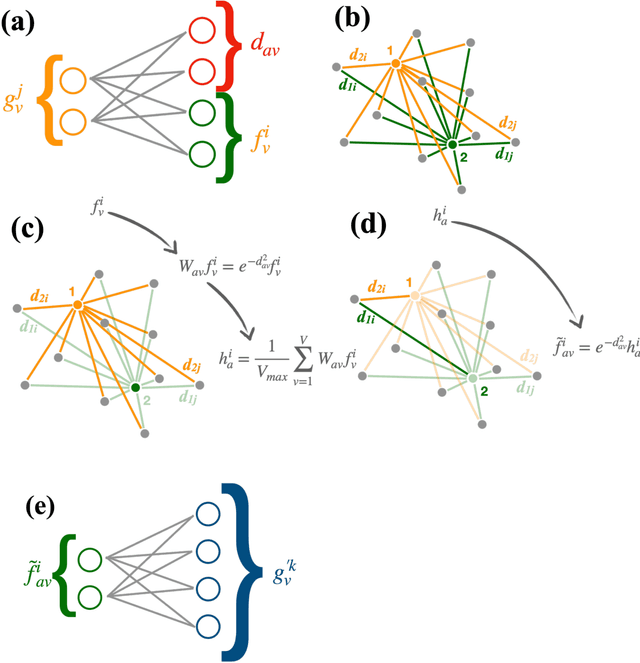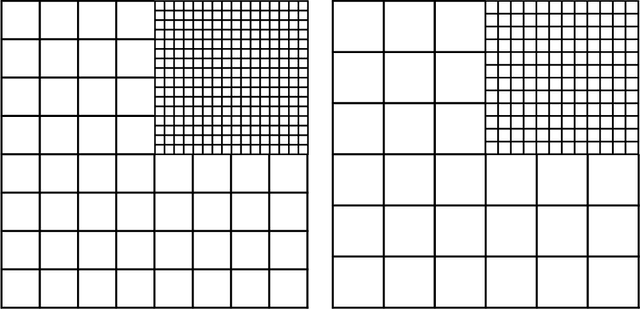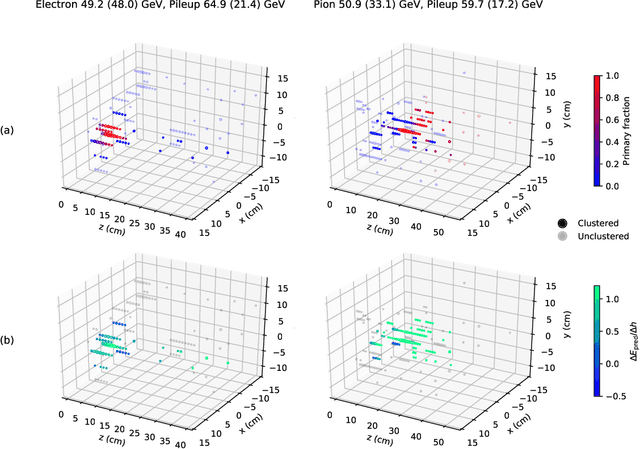Shah Rukh Qasim
Physics Instrument Design with Reinforcement Learning
Dec 13, 2024Abstract:We present a case for the use of Reinforcement Learning (RL) for the design of physics instrument as an alternative to gradient-based instrument-optimization methods. It's applicability is demonstrated using two empirical studies. One is longitudinal segmentation of calorimeters and the second is both transverse segmentation as well longitudinal placement of trackers in a spectrometer. Based on these experiments, we propose an alternative approach that offers unique advantages over differentiable programming and surrogate-based differentiable design optimization methods. First, Reinforcement Learning (RL) algorithms possess inherent exploratory capabilities, which help mitigate the risk of convergence to local optima. Second, this approach eliminates the necessity of constraining the design to a predefined detector model with fixed parameters. Instead, it allows for the flexible placement of a variable number of detector components and facilitates discrete decision-making. We then discuss the road map of how this idea can be extended into designing very complex instruments. The presented study sets the stage for a novel framework in physics instrument design, offering a scalable and efficient framework that can be pivotal for future projects such as the Future Circular Collider (FCC), where most optimized detectors are essential for exploring physics at unprecedented energy scales.
End-to-end multi-particle reconstruction in high occupancy imaging calorimeters with graph neural networks
Apr 14, 2022



Abstract:We present an end-to-end reconstruction algorithm to build particle candidates from detector hits in next-generation granular calorimeters similar to that foreseen for the high-luminosity upgrade of the CMS detector. The algorithm exploits a distance-weighted graph neural network, trained with object condensation, a graph segmentation technique. Through a single-shot approach, the reconstruction task is paired with energy regression. We describe the reconstruction performance in terms of efficiency as well as in terms of energy resolution. In addition, we show the jet reconstruction performance of our method and discuss its inference computational cost. To our knowledge, this work is the first-ever example of single-shot calorimetric reconstruction of ${\cal O}(1000)$ particles in high-luminosity conditions with 200 pileup.
Distance-Weighted Graph Neural Networks on FPGAs for Real-Time Particle Reconstruction in High Energy Physics
Aug 08, 2020



Abstract:Graph neural networks have been shown to achieve excellent performance for several crucial tasks in particle physics, such as charged particle tracking, jet tagging, and clustering. An important domain for the application of these networks is the FGPA-based first layer of real-time data filtering at the CERN Large Hadron Collider, which has strict latency and resource constraints. We discuss how to design distance-weighted graph networks that can be executed with a latency of less than 1$\mu\mathrm{s}$ on an FPGA. To do so, we consider a representative task associated to particle reconstruction and identification in a next-generation calorimeter operating at a particle collider. We use a graph network architecture developed for such purposes, and apply additional simplifications to match the computing constraints of Level-1 trigger systems, including weight quantization. Using the $\mathtt{hls4ml}$ library, we convert the compressed models into firmware to be implemented on an FPGA. Performance of the synthesized models is presented both in terms of inference accuracy and resource usage.
Rethinking Table Parsing using Graph Neural Networks
May 31, 2019



Abstract:Document structure analysis, such as zone segmentation and table parsing, is a complex problem in document processing and is an active area of research. The recent success of deep learning in solving various computer vision and machine learning problems has not been reflected in document structure analysis since conventional neural networks are not well suited to the input structure of the problem. In this paper, we propose an architecture based on graph networks as a better alternative to standard neural networks for table parsing. We argue that graph networks are a more natural choice for these problems, and explore two gradient-based graph neural networks. Our proposed architecture combines the benefits of convolutional neural networks for visual feature extraction and graph networks for dealing with the problem structure. We empirically demonstrate that our method outperforms the baseline by a significant margin. In addition, we identify the lack of large scale datasets as a major hindrance for deep learning research for structure analysis, and present a new large scale synthetic dataset for the problem of table parsing. Finally, we open-source our implementation of dataset generation and the training framework of our graph networks to promote reproducible research in this direction.
Learning representations of irregular particle-detector geometry with distance-weighted graph networks
Feb 21, 2019



Abstract:We explore the use of graph networks to deal with irregular-geometry detectors in the context of particle reconstruction. Thanks to their representation-learning capabilities, graph networks can exploit the full detector granularity, while natively managing the event sparsity and arbitrarily complex detector geometries. We introduce two distance-weighted graph network architectures, dubbed GarNet and GravNet layers, and apply them to a typical particle reconstruction task. The performance of the new architectures is evaluated on a data set of simulated particle interactions on a toy model of a highly granular calorimeter, loosely inspired by the endcap calorimeter to be installed in the CMS detector for the High-Luminosity LHC phase. We study the clustering of energy depositions, which is the basis for calorimetric particle reconstruction, and provide a quantitative comparison to alternative approaches. The proposed algorithms outperform existing methods or reach competitive performance with lower computing-resource consumption. Being geometry-agnostic, the new architectures are not restricted to calorimetry and can be easily adapted to other use cases, such as tracking in silicon detectors.
 Add to Chrome
Add to Chrome Add to Firefox
Add to Firefox Add to Edge
Add to Edge